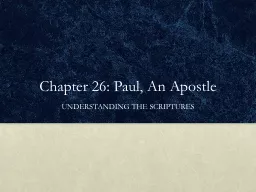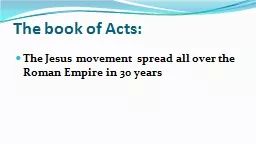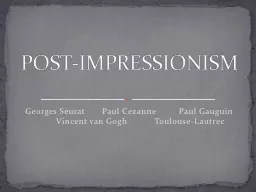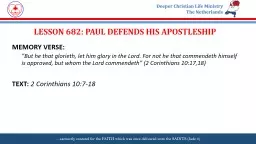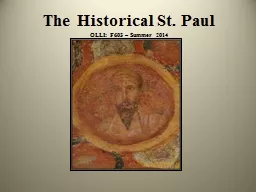PPT-Paul Joffe, Member of
Author : natalia-silvester | Published Date : 2018-12-18
Québec and Ontario Bars September 1112 2018 1 AFN National Forum Affirming First Nations Rights Title and Jurisdiction Hilton Lac Leamy Hotel Gatineau Qu
Presentation Embed Code
Download Presentation
Download Presentation The PPT/PDF document "Paul Joffe, Member of" is the property of its rightful owner. Permission is granted to download and print the materials on this website for personal, non-commercial use only, and to display it on your personal computer provided you do not modify the materials and that you retain all copyright notices contained in the materials. By downloading content from our website, you accept the terms of this agreement.
Paul Joffe, Member of: Transcript
Download Rules Of Document
"Paul Joffe, Member of"The content belongs to its owner. You may download and print it for personal use, without modification, and keep all copyright notices. By downloading, you agree to these terms.
Related Documents



